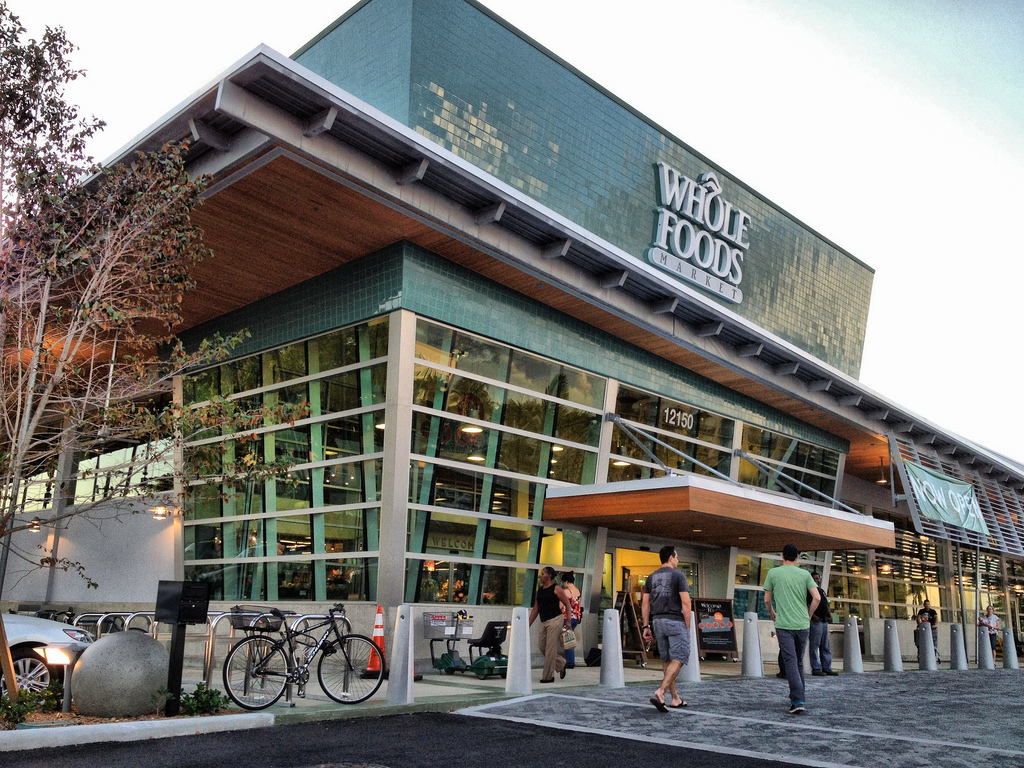
An investigation by Consumer Reports found that 11 of 130 brands tested had detectable amounts of arsenic, which means they could be dangerous to drink regularly. Six of the brands had levels exceeding 3 parts per billion, including Whole Foods’ Starkey brand as well as Danone’s Volvic, Crystal Geyser Alpine Spring Water, Keurig Dr. Pepper’s Peñafiel, and two regional brands, EartH20 and Crystal Creamery.
One of the waters, Peñafiel, averaged a concerning 18.1 parts per billion. Whole Foods’ Starkey Water, meanwhile, which is marketed as being water in its “natural state,” was right at federal limits at roughly 10.1 parts per billion.
Why is arsenic in water so concerning?
Arsenic is natural in the sense that it’s a trace element found in rocks and sediment, but that doesn’t mean that it’s safe to consume. It can naturally contaminate groundwater due to mining, agricultural runoff, or geological activity. Long-term exposure to arsenic has been linked to a higher risk of some types of cancer as well as diabetes and high blood pressure.
Young people in particular should avoid these types of water as arsenic has also been linked to intellectual development impairment in those who were exposed to it early in life.
Whole Foods won’t clean up its water
While Keurig Dr. Pepper responded to the troubling findings by suspending bottled water production in the Mexican facility where it is processed to improve filtration, Whole Foods is not being as quick to do something about the dangerous chemical in its water. They maintain that their own tests show that the water meets FDA standards and claim they’d never sell products that fail to meet FDA requirements. However, this isn’t the first time they’ve had an arsenic problem; Starkey had to recall 2,000 cases of water in late 2016 and early 2017 because its arsenic levels exceeded the federal threshold.
Even if it did regularly adhere to federal guidelines, some public health experts and officials have expressed concerns that the federal threshold is simply too high. Some states actually have lower levels. For example, New Jersey only allows up to 5 parts per billion of arsenic in tap water, although it uses the federal limit for bottled water.
Scientists enlisted by Consumer Reports said they believe the threshold should be 3 parts per billion. This is partly because water is only one way in which we are exposed to arsenic in everyday life; it can also be found in air, plants and foods like rice and fruit juice. Given all the means of exposure that we can’t really control, it’s not smart to allow so much of it in bottled water when there are ways to remove it.
Consumer Reports’ Ryan Felton said: "It really makes no sense that consumers can purchase bottled water that is less safe than tap water.”
If you must drink bottled water, check out the brand’s water quality report, which should be available online; ask the company directly for a copy if you can’t find it. Check online from time to time for independent tests of the brand you drink to make sure the quality doesn’t drop, or consider having it tested yourself.
This is just another reminder that despite its health-conscious marketing, not everything sold at Whole Foods is a safe bet as far your health is concerned. It’s bad enough that their water contains such high arsenic levels, but their dismissive attitude toward Consumer Reports’ finding is even more worrying.
Read more news about heavy metals contamination at HeavyMetals.news.
Sources for this article include:
Please contact us for more information.























